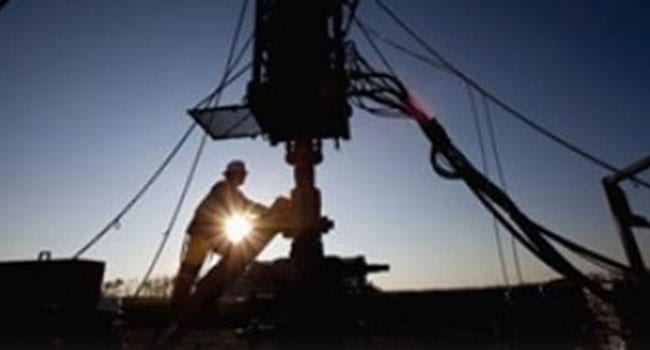 Saudi Arabia, Russia and their allies have opted to roll over crude oil output cuts for another month – until the end of July. Markets have somewhat firmed up. Oil prices have inched up.
Saudi Arabia, Russia and their allies have opted to roll over crude oil output cuts for another month – until the end of July. Markets have somewhat firmed up. Oil prices have inched up.
And President Donald Trump’s efforts at salvaging the United States shale oil sector seem to be paying off.
The U.S. president has been instrumental in getting an historic agreement to cut of 9.7 million barrels per day (bpd) in world crude oil output.
Trump swung into action after the March 6 split between Saudi Arabia and Russia that helped crash the crude market prices to -$37 a barrel on a fateful April day.
And now, despite the ongoing civil unrest in the U.S., and just prior to a meeting of Saudi Arabia, Russia and other oil producers, Trump took time to talk to Russian President Vladimir Putin to discuss the emerging crude oil scenario.
Trump is trying to reignite the sinking U.S. shale oil industry. With the presidential election in the U.S. just months away, saving the jobs, and votes, in the shale belt remains crucially important to Trump’s electoral fortunes.
Trump’s efforts appear to be working. The ongoing rally in the crude markets is prompting some U.S. producers to open their taps.
EOG Resources, America’s largest shale-focused producer, plans to accelerate output in the second half after shutting in about a quarter of its crude in May, exploration chief Ken Boedeker told an RBC Capital Markets conference.
EOG’s strategy “is to really accelerate our production into what we see as a price recovery in the second half of the year,” Boedeker added.
The company began shutting in wells in March and took 125,000 bpd off the market in May. It recently reduced its hedge position, eliminating some protection against lower prices in a sign of confidence that the ongoing price recovery will take hold.
Parsley Energy is also turning wells back on, just weeks after closing them. It will restore the “vast majority” of the 26,000 barrels of daily output it turned off last month, it said in an investor presentation. Parsley reportedly shut down about 400 wells in March.
Producers in North Dakota’s Bakken formation are also easing the rate of shut-ins, Bloomberg reported. Shut-ins in the Bakken totalled 475,000 bpd as of May 28, about seven per cent less than a fortnight earlier.
Standard Chartered analysts are underlining that if wells are coming back in the Bakken, then they’re probably also coming back in Texas, New Mexico and Oklahoma.
While the U.S. benchmark price is still about 40 per cent below its January high point, it’s now above US$35, which means some wells closed to save cash are now profitable again.
“When oil gets back into the mid-US$30s, you’re covering your cash costs,” said Stewart Glickman, energy analyst at CFRA Research. “You’re closer to some break-even point. That’s enough to relax the shut-ins.”
However, Nick Cunningham of Oilprice.com is of the view that opening up shuttered wells is different from drilling new wells. The extreme state of oversupply is ebbing, but just because a few wells can cover operating expenses at $35 per barrel, the U.S. shale industry is not roaring back to life, he argues.
Thirty-dollar oil might be enough to open up shuttered wells, but the industry probably needs prices “around US$45 a barrel to start any significant recovery in completions and new drilling, and for many operators, it would take US$50 a barrel or more,” banking services provider Standard Chartered said.
But signs of life in the U.S. shale oil sector are at least taking care of Trump’s immediate concerns.
Toronto-based Rashid Husain Syed is a respected energy and political analyst. The Middle East is his area of focus. As well as writing for major local and global newspapers, Rashid is also a regular speaker at major international conferences. He has been asked to provide his perspective on global energy issues by both the Department of Energy in Washington and the International Energy Agency in Paris.
The views, opinions and positions expressed by columnists and contributors are the author’s alone. They do not inherently or expressly reflect the views, opinions and/or positions of our publication.

